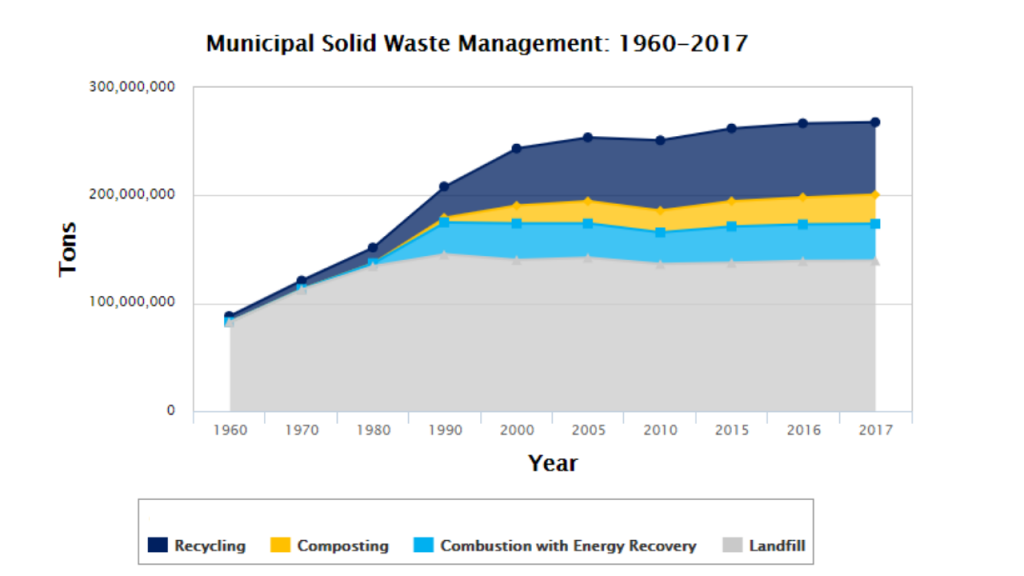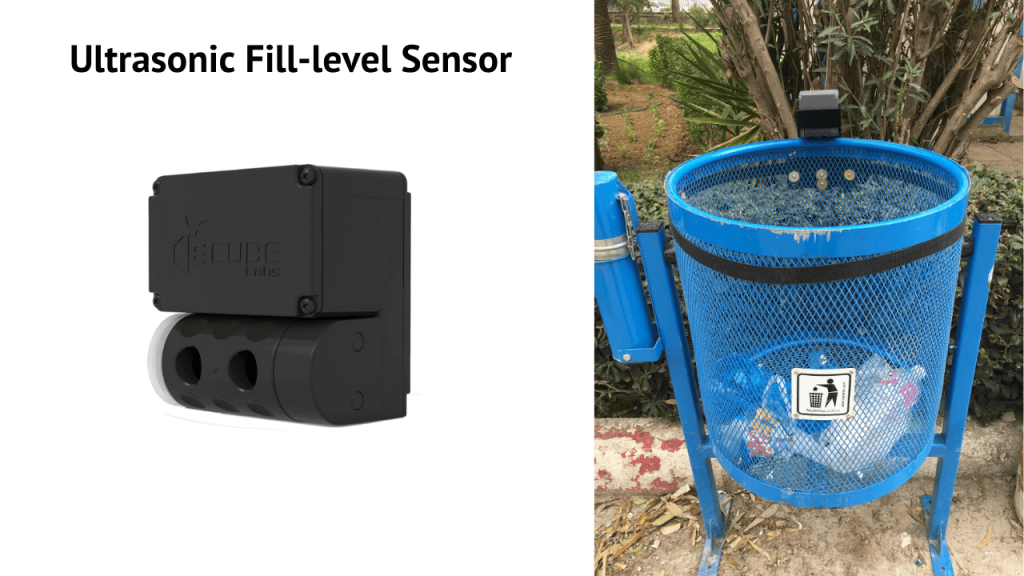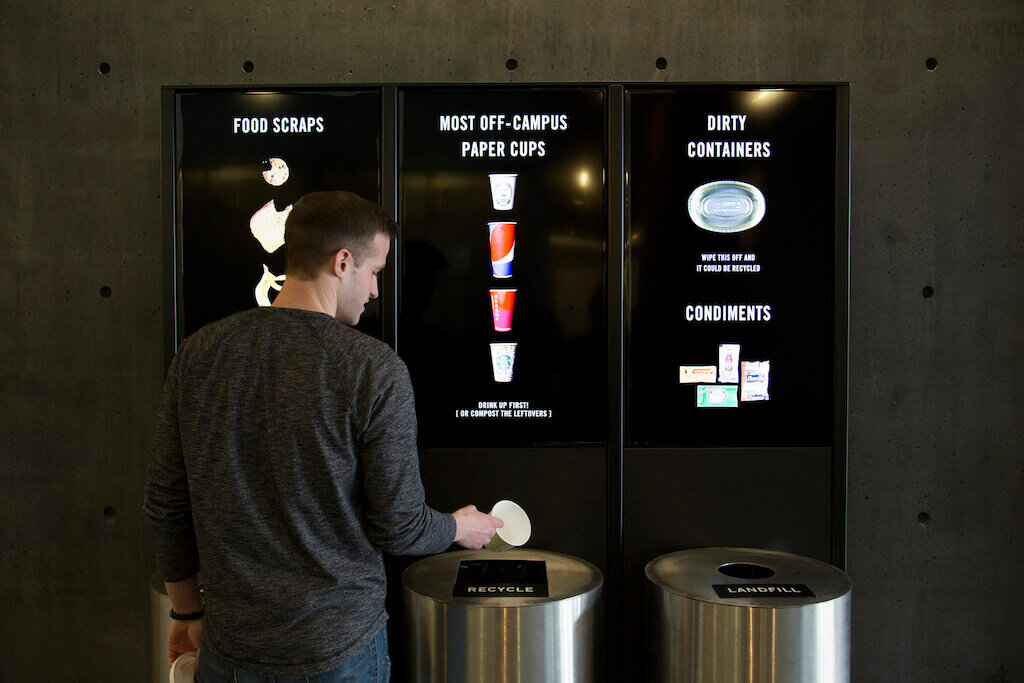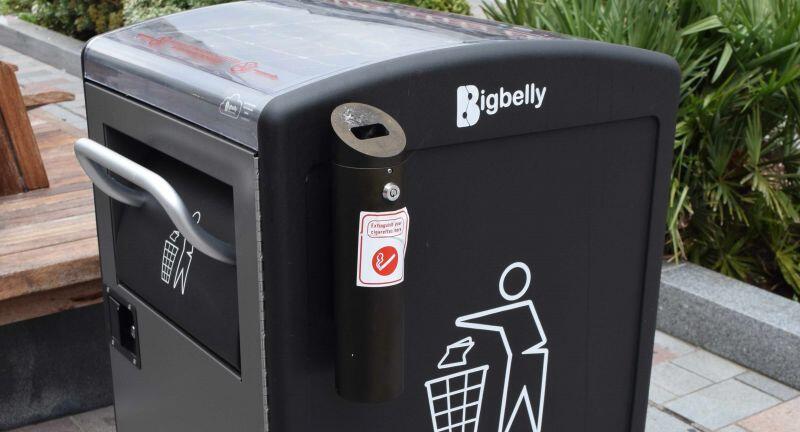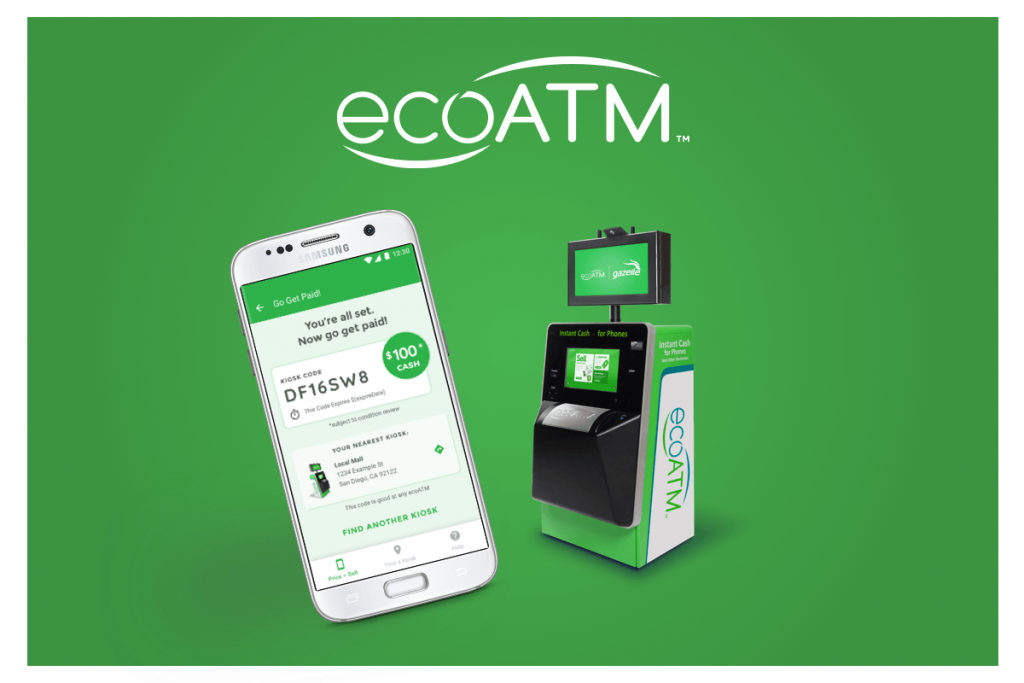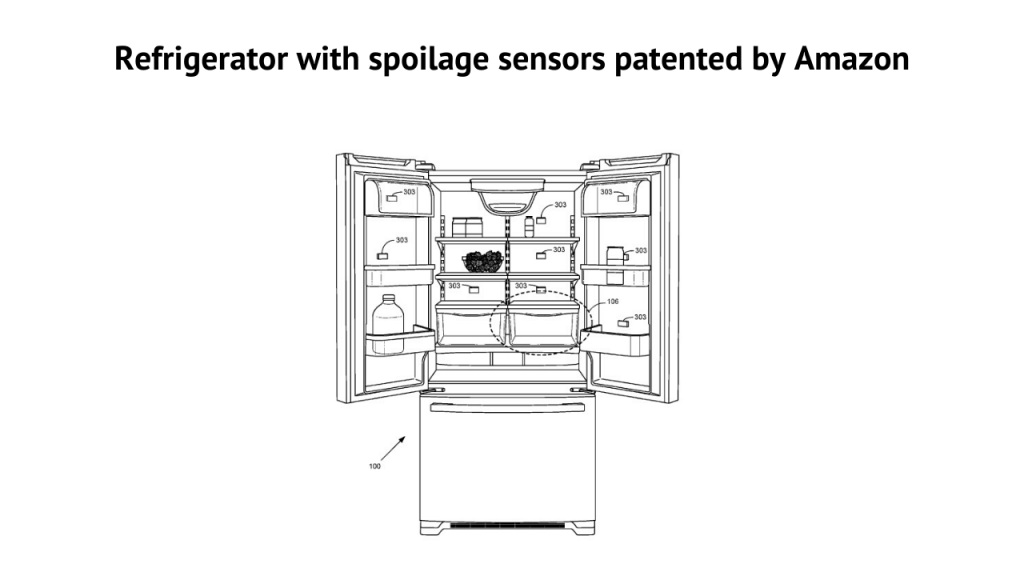All major cities face a waste problem. A growing population means a growing amount of trash, including the kind that ends up in street bins. That creates a need for cities to find new ways to deal with waste and optimize existing procedures.
Waste management is one more field where implementing IoT can help. Let’s see how municipal governments are using technology to keep cities clean.
The Main Challenge of Waste Management
Even though recycling and other methods of handling waste such as commercial composting and waste-to-energy systems have been growing in popularity since the 1960s, the majority of waste still ends up in a landfill. Municipal governments often don’t deal with waste management as effectively as they could.
The USA alone produced some 267.8 million tons of solid waste in 2017. Of that, only 67 million tons were recycled, and some 139 million tons went to landfill.
Municipal Solid Waste Management 1960-2017.
In most cities, a waste management service provider follows a predetermined route to empty street trash bins. Bins will be emptied whether they are full or not, which means wasting fuel and other resources.
This inefficiency presents a major challenge for waste management. Some bins may be empty most of the time, while others are packed to overflowing.
Smart Waste Management Optimizes Waste Removal and Recycling Services
Utilizing the Internet of Things technology can help cities boost efficiency and reduce waste.
IoT devices make it possible to extract data, analyze it and develop insights into how the city, using fewer resources, can both gather waste and carry out recycling as efficiently as possible.
Here are the systems some cities are using:
1. Ultrasonic sensors. As mentioned, collection services typically empty trash bins on a regular rotation, whether they are full or not, which wastes fuel, time and money.
Trash bins with ultrasonic sensors are able to detect the fill level. A full bin sends a notification to the collection company, which compiles that data to help plan collection routes that take into account only the full bins.
Fill-level sensors detect when the bin is full.
[emaillocker]
2. GPS tracking. Each bin has a GPS chip that lets collectors know where each particular bin is and which bins are full and need to be emptied. That way the collectors can plan optimized routes, saving time and fuel.
GPS tracking also provides the opportunity to build a system of orders. If a resident spots a full bin, he or she can place an order to have the waste collected.
GPS tracking lets waste management companies easily plan service routes.
3. Compression bins. This is a technology that can help optimize collection expenses by making it possible to collect waste less often.
For instance, CleanCUBE is a trash bin with compression capabilities. It analyzes its fill level with IoT sensors, and as the bin accumulates waste, the bin compresses it to fit more. Such bins can hold up to 8 times more waste than regular bins.
CleanCube compression bins work on solar energy for up to 4 weeks.
4. Smart waste bins. These bins are equipped with monitors to show relevant information to users to help ensure the recycling stream is kept as clean as possible.
Evo Bins, for example, have monitors that show what waste users should put in a particular bin. After the user tosses the waste into the bin, the system detects the change in weight and shows it on the screen.
The bin also provides recycling tips: for example, it asks users to empty and clean recyclables before tossing them.
Evo Bins give recycling instructions and provide helpful tips.
[/emaillocker]
5. Recycling stations. Major cities like New York are introducing smart recycling bins to help increase the amount of recyclable material that is successfully diverted from landfills.
These bins are equipped with fill-level monitoring sensors and compaction systems and can send notifications when full.
BigBelly bins have compression mechanisms and fill-level sensors. They can also send notifications to the collection team when full.
Recycling kiosks are available for e-waste as well, such as unwanted old phones, tablets, and computers. Such kiosks offer money for recycled products to motivate people to bring in their old tech for recycling.
EcoATMs offer rewards for recycling old cell phones and tablets.
Aleksei Rymkevich
Senior/Lead Software Engineer
at HQSoftwareWe have built a solution for a Swedish waste management company that uses rewards to motivate users to recycle waste. The service includes recycling stations around the city and the application. To recycle the product and get a reward, the user must scan a barcode on the product packaging and then put it into the bin. The user gets 1 point for each recycled product, which he can turn into cash. The points can also be used toward discounts on products from companies whose product the user has recycled.
6. Underground trash bins. Some countries, like the Netherlands, have installed underground trash bins that can hold more waste while taking up less space on the street. They’re equipped with fill level sensors so that waste collectors can easily track their condition and plan routes accordingly.
These are popular ways governments are using tech to collect waste more efficiently. But what can be done to minimize the waste we produce in the first place?
Technology for Proactive Waste Management
Proactive waste management includes measures that companies take to prevent waste, so they don’t have to deal with it at all. Several possible measures include:
1. IoT infrastructure in stores. Food stores, in particular, generate a great deal of waste. Unsold products may go bad sitting on the shelf and get thrown away.
Some of those products are wrapped in plastic — so, along with organic waste, we are creating more solid waste as well. The amount of money and resources wasted on products nobody buys is also enormous.
Stores can make sure they have just enough in stock to sell. They can use smart sensors to track spoilage of products. If a product is nearing the end of its shelf life, it can be sold off more quickly.
Stores can use various tracking technologies to track the amount of food they regularly sell and adjust orders from suppliers based on that data.
Ready to create smart waste management systems?
Just ask us about our expertise in IoT and ecological solutions
Anna Halias
Business Development Manager,
HQSoftware
2. Smart appliances for customers. Consumers can also take measures to become more conscious about the amount of waste they are generating unnecessarily.
Apart from being more diligent about recycling, in the future, they might invest in IoT-based smart appliances, such as a smart refrigerator.
Such refrigerators can have sensors that monitor the condition of products. If some products in the fridge are nearing their expiration date, the fridge can send out a notification to use them up soon. It can also send reminders to shop for products they’re running low on.
Smart waste technology can help customers see exactly how much they buy and how much they actually use, turning them into more conscious shoppers.
An illustration of the refrigerator with spoilage detecting sensors.
Bottom Line
Governments all over the world are teaming up with smart waste management solution providers to implement technology that will reduce waste production as well as deal more efficiently with waste already generated.
M2M technology is being implemented by waste management companies, allowing devices to be integrated into a complete system that allows for dealing with waste more efficiently and quickly.
When it comes to reducing the amount of waste we create, we can use the Internet of Things to become more conscious about shopping and producing. Shops can use the data to see how many products they need to avoid overstock, while customers can learn to buy only what they need.

HQSoftware Founder
Having founded the company in 2001, uses his broad knowledge to drive the company forward. Ready to share his wisdom on software development and technology insights
Related Posts
View All
We are open to seeing your business needs and determining the best solution. Complete this form, and receive a free personalized proposal from your dedicated manager.

Sergei Vardomatski
Founder

